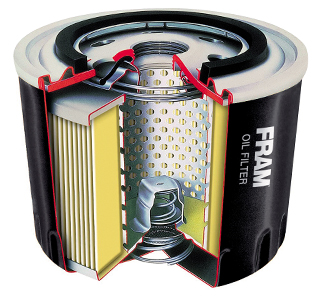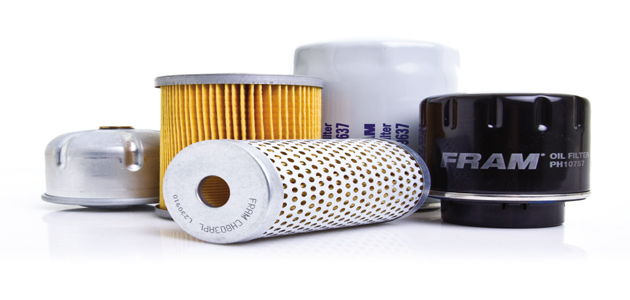
The survival of moving engine parts depends on constant lubrication by oil; however, if any abrasive particles get into that oil, the engine’s parts can become excessively worn. If particles reach the sump, they form a grinding paste that can damage bearings and precision parts.
This wear can be prevented, thanks to the oil filter. By sifting out foreign particles, the oil filter maintains the quality of the oil circulating in the lubrication system and in other vital components, such as the turbocharger, protecting engine lifetime.
An integrated future
Oil filter design and efficiency has evolved significantly in recent years. Traditionally, the market was dominated by spin-on, steel-based oil filters; however, new technologies, such as integrated oil filter modules with cartridges, are starting to become more commonplace.
These new generation oil filters are claimed to offer extended service intervals, improved efficiency and additional functions, such as oil cooling and pressure monitoring. They are easy to replace, offer weight savings to aid fuel economy, contain more recycable materials and leave no oil behind to dispose of.

There is also another aspect to effective oil filtration: quality. An oil filter is always worth the money spent. A non-OE quality oil filter will feature inferior materials and design, reducing its efficiency and durability.
Save on expensive repairs
Therefore, long-term and short-term, replacement with an OE quality filter is the guarantee of a well-protected engine – saving very expensive repairs. It’s also wise to select filter brands that, like Sogefi, offer compact, lightweight designs. These filters will fit neatly into today’s downsized engines, as well as helping to improve fuel efficiency.
Sogefi’s top five fitting tips
1. Work in a clean environment
2. Oil the gasket spin-on types
3. Prevent the “O” ring gasket from twisting cartridge types

4. Respect the torque requirements of both the product and vehicle
5. Consider the car’s usage, for example, towing, lots of cold starts and urban driving may need more stringent filter replacement









